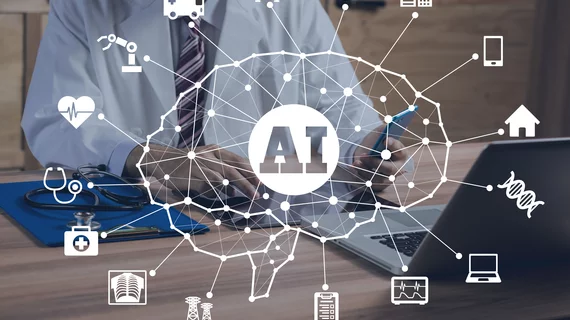More experts weigh in on the use of ChatGPT in radiology: Ethical use is ‘imperative’
More experts are weighing in on the potential use of ChatGPT in radiology and medicine in general.
Back in early February, RSNA’s flagship journal, Radiology, published a perspective piece and multiple accompanying editorials on this emerging new artificial intelligence tool. The Radiological Society of North America followed up on the debate Tuesday, sharing two new letters to the editor.
In the first, radiologist and professor Furkan Ufuk, MD, highlighted one key limitation of such “large language models” of AI—the inability to explain their decision-making process. This could pose a problem in imaging if a radiologist uses ChatGPT or other such programs to generate a radiology report.
“This can be a problem in fields such as healthcare or finance, where transparency and accountability are crucial,” Ufuk, with the Department of Radiology at the University of Pamukkale School of Medicine in Denizli, Turkey, wrote March 7. “Although [large language models] may assist radiologists in their workflow, it is essential for the radiologist to check and verify the generated report,” he added later
He also highlighted ChatGPT’s usefulness for reviewing grammar, spelling and punctuation in manuscript writing. However, the tool is not meant for reviewing scientific content, nor making assessments related to ethics.
“Currently, it is best used to assist human reviewers but future advancements such as human-in-the-loop training or combining multiple models may improve its capabilities,” he concluded.
In a second letter published Tuesday, Malcolm Koo, PhD, further discussed the use of ChatGPT in medical writing. The product can serve as a “versatile tool” for streamlining this process. But “proper and ethical use of ChatGPT is imperative to ensure the production of high-quality and scientifically rigorous writing,” he added.
“It is crucial to remember that ChatGPT output can contain inaccuracies or inconsistencies, even biased language,” wrote Koo, with the Dalla Lana School of Public Health at the University of Toronto. “Authors must thoroughly and critically review the output for scientific accuracy and the use of inclusive language.”
You can read more about the original article and accompanying editorials in this piece published by RSNA News on March 6. Radiology Business also covered another analysis from the journal of Diagnostic and Interventional Imaging here.

